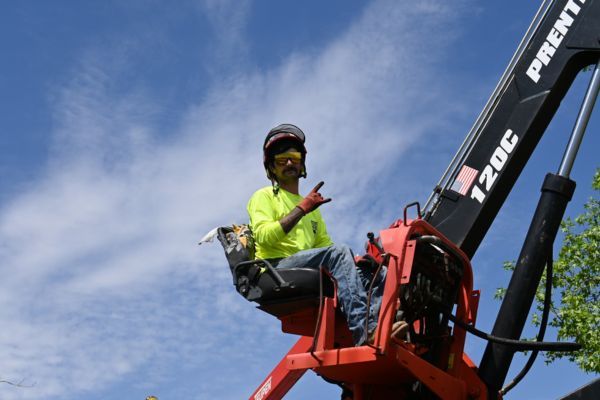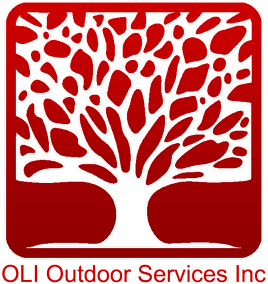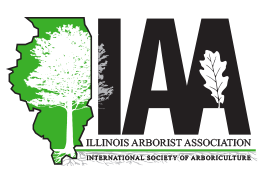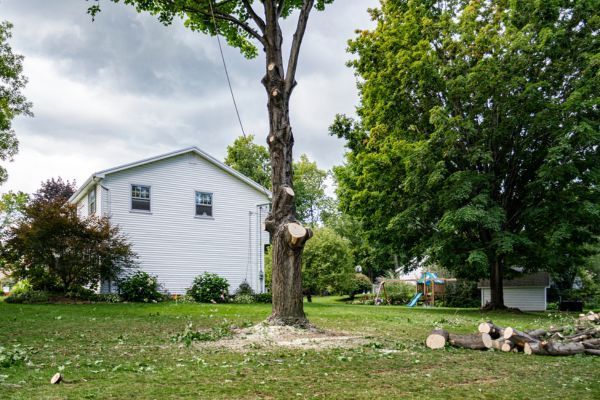Top Signs Your Tree Needs Professional Pruning
Key Indicators That Your Tree Requires Professional Pruning.
Trees are an essential part of any landscape. They provide shade, improve air quality, and enhance the overall aesthetic of your property. However, like any living thing, trees require care and maintenance to thrive. One of the most important aspects of tree care is pruning. But how do you know when your tree needs professional pruning? In this blog, we’ll explore the key indicators that signal it’s time to call in the experts.
1. Overgrown Branches Are Encroaching on Structures or Utilities
One of the most obvious signs that a tree needs pruning is when its branches start to invade spaces they shouldn’t. Overgrown limbs can:
- Scratch against your home’s siding, roof, or windows.
- Interfere with power lines, creating a significant safety hazard.
- Block driveways, sidewalks, or other areas of access.
If you notice branches encroaching on your home or utility lines, it’s essential to address the issue promptly. Professional arborists are trained to handle these situations safely and efficiently.
2. Dead or Dying Branches
Dead or dying branches are not just an eyesore; they’re a potential danger. These limbs are weak and prone to falling, especially during storms or high winds. Signs of dead branches include:
- Lack of leaves during the growing season.
- Brittle or cracked wood.
- Fungus or decay on the branch.
Pruning dead branches can improve the overall health of your tree and prevent accidents or property damage.
3. The Tree Has an Unbalanced or Overgrown Canopy
An unbalanced canopy not only looks odd but can also put stress on your tree. When one side of the tree grows disproportionately, it can make the tree more susceptible to wind damage or even cause it to topple over. Overgrown canopies can also block sunlight and airflow, which are vital for the tree’s health.
A professional pruning service can help restore balance to your tree’s canopy, ensuring its structural integrity and overall well-being.
4. Visible Signs of Disease
Trees, like all living organisms, are susceptible to diseases. Common symptoms of tree diseases include:
- Discolored or spotted leaves.
- Cracked or peeling bark.
- Fungal growth, such as mushrooms, on or near the tree.
- Oozing sap or unusual odors.
If you notice any of these signs, it’s crucial to act quickly. Professional arborists can identify the problem and remove infected branches to prevent the disease from spreading.
5. Storm Damage
Severe weather can wreak havoc on trees. High winds, heavy snow, and ice can cause branches to break or become weakened. After a storm, inspect your trees for:
- Broken or hanging branches.
- Splits in the trunk or large limbs.
- Leaning or uprooted trees.
Storm-damaged trees can be hazardous, and it’s best to leave the cleanup to professionals who have the tools and expertise to handle the job safely.
6. Excessive Growth Blocking Light or Airflow
When a tree’s canopy becomes too dense, it can block sunlight and restrict airflow to the lower branches and surrounding plants. This can lead to:
- Poor health for the tree itself.
- Diminished growth of grass or shrubs beneath the tree.
Pruning helps thin out the canopy, allowing light and air to penetrate. This not only benefits the tree but also improves the health of your entire landscape.
7. Crossing or Rubbing Branches
When branches cross or rub against each other, it can cause wounds in the bark. These wounds create entry points for pests and diseases, compromising the tree’s health. Pruning crossing branches early can prevent long-term damage and help the tree maintain a strong structure.
8. The Tree Is Touching or Near Power Lines
One of the most critical reasons to prune a tree is if it’s growing too close to power lines. This is a serious safety hazard that can result in power outages or even fires. Never attempt to handle this type of pruning on your own. Always call a professional with the proper training and equipment.
9. The Tree’s Shape Needs Improvement
Sometimes, a tree simply needs pruning to enhance its appearance. A well-maintained tree can:
- Boost curb appeal.
- Complement the overall design of your landscape.
- Create a more uniform and polished look.
Professional pruning can shape your tree in a way that highlights its natural beauty while promoting healthy growth.
10. You Haven’t Pruned the Tree in Years
If it’s been several years since your tree was last pruned, chances are it’s overdue. Regular pruning is essential for:
- Removing weak or dead branches.
- Encouraging healthy growth.
- Preventing potential hazards.
Most trees benefit from pruning every 3-5 years, depending on the species and growth rate. Consulting a professional can help you determine the ideal schedule for your trees.
Why Professional Pruning Matters
While some minor tree maintenance tasks can be handled by homeowners, pruning is often best left to the professionals. Here’s why:
- Safety: Climbing trees and using sharp tools can be dangerous without the proper training and equipment.
- Knowledge: Arborists understand tree biology and know how to prune in a way that promotes health and longevity.
- Equipment: Professionals have access to specialized tools that ensure precise and efficient pruning.
- Liability: Hiring a licensed and insured tree service protects you from potential liability in case of accidents or damage.
Final Thoughts
Trees are a valuable investment, and proper pruning is essential to keep them healthy, safe, and beautiful. By recognizing the key indicators that your tree needs professional pruning, you can address issues early and avoid costly problems down the line.
If you’ve noticed any of the signs mentioned in this blog, don’t hesitate to contact a professional tree service. They can assess your tree’s needs and provide expert care to ensure it thrives for years to come.
SHARE POST
SEARCH ARTICLE
Recent Insights













